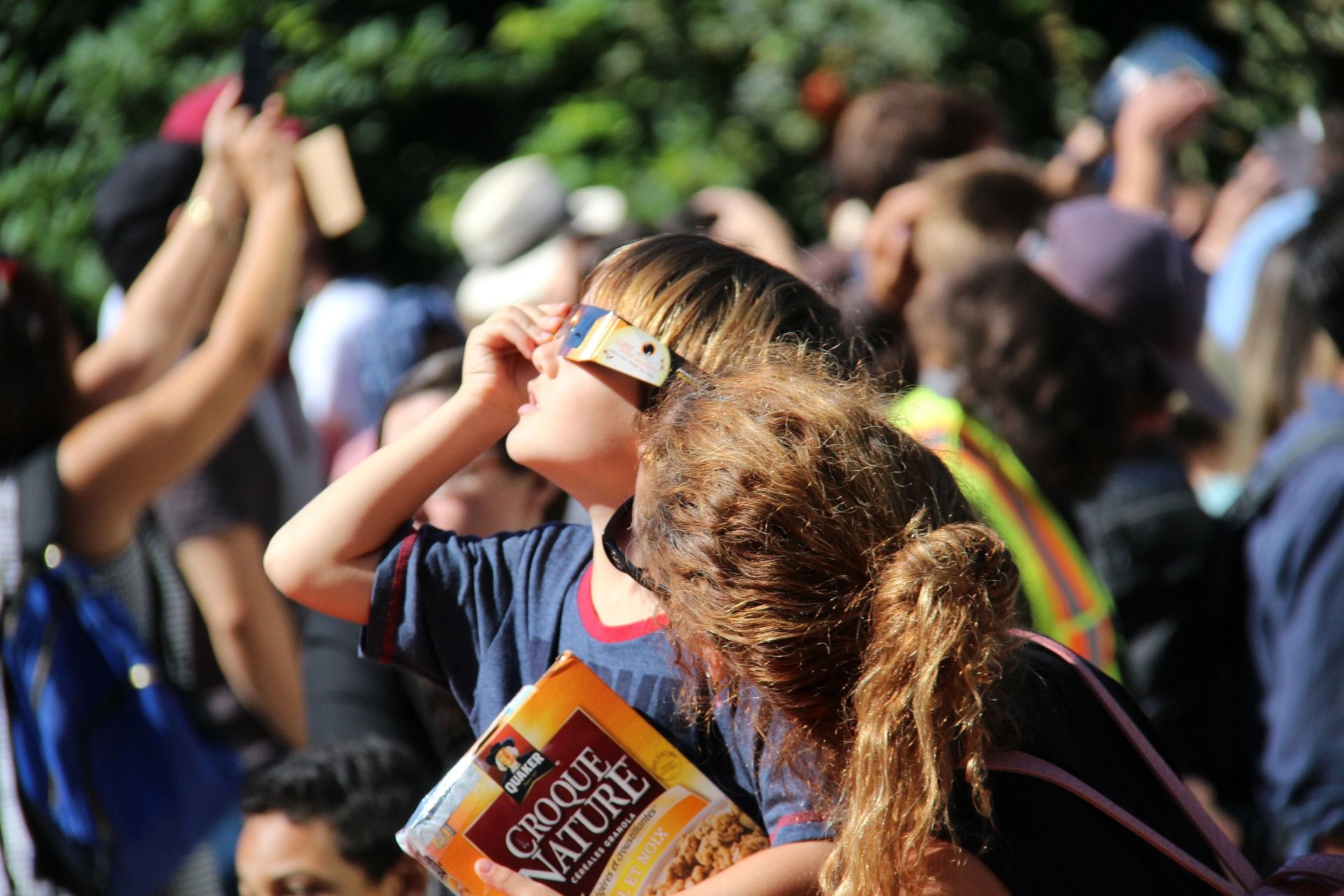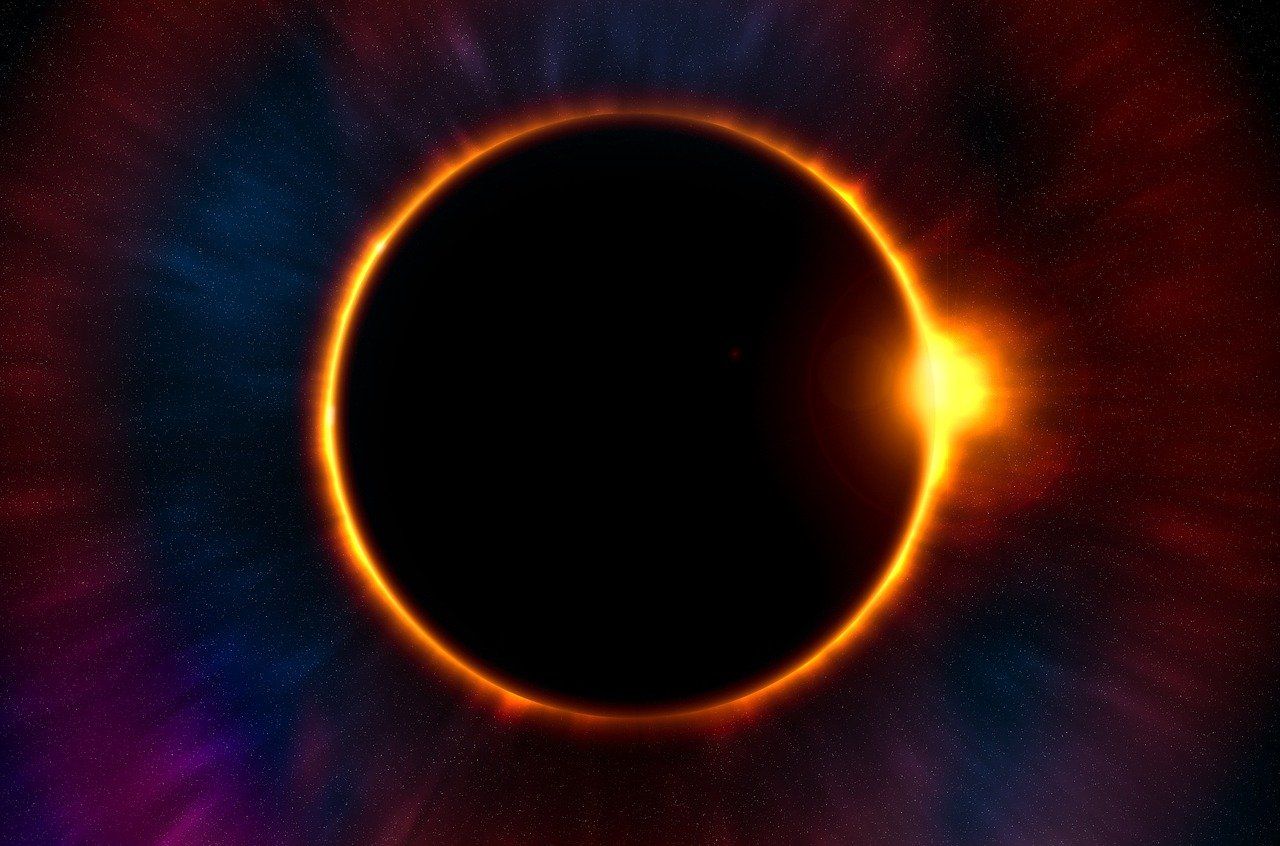
Beware of counterfeit or fake total solar eclipse glasses
Reportedly, many counterfeit or fake solar eclipse glasses are flooding the market with sellers hoping to make a mint. However, these fake glasses will put unsuspecting eclipse viewers in danger of the total solar eclipse. These fakes, which have popped up across the country are no darker than ordinary sunglasses. According to the American Astronomical Society, this makes them unsafe for eclipse viewing.

Solar filters are at least 1,000 times darker than even the darkest regular sunglasses.
This warning comes mere days before the April 8 total solar eclipse. Meanwhile, this celestial event has been dubbed the Great American Eclipse. According to the experts, the eclipse is expected to cross the country from Texas through to Maine. Moreover, the eclipse is an especially important event as according to NASA, the next total solar eclipse is not going to happen until 2044.
Many travelers are heading to destinations in the path of totality and it is vital for them to know the importance of safe solar eclipse glasses. Without the real deal, gazing at the eclipse with the naked eye can cause severe injury, including the possibility of permanent blindness. According to the American Astronomical Society, safe solar eclipse glasses block “all but a minuscule fraction of the sun’s ultraviolet (UV), visible, and infrared (IR) light.” This means that the wearer will be able to see the eclipse happen in safety.
How do you check whether the glasses are safe?

In the second test, people should try wearing them outside on a sunny day. If the glasses are genuine, only something as bright as the sun’s reflection off a shiny surface should be seen, and only faintly.
Test number three involves glancing up at the sun. Should the wearer see a “sharp-edged, round disk” that is “comfortably bright” to see, the glasses are likely safe. However, the American Astronomical Society does warn to stare at the sun (and the solar eclipse) sparingly.
“Staring at a partial solar eclipse for more than a few seconds at a time, even through perfectly safe solar viewers, isn’t much fun anyway,” Fienberg added.
Besides these tests, another way to ensure the glasses are safe is to purchase them from a list of vendors supplied by the society here.
Have fun watching the total solar eclipse of 2024, but make sure you are safe.




Leave a reply